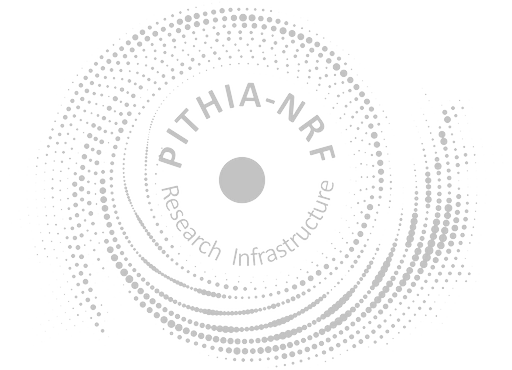<?xml version="1.0" encoding="UTF-8"?>
<ComputationCapabilities xmlns="https://metadata.pithia.eu/schemas/2.2" xmlns:xsi="http://www.w3.org/2001/XMLSchema-instance" xmlns:xlink="http://www.w3.org/1999/xlink" xsi:schemaLocation="https://metadata.pithia.eu/schemas/2.2 https://metadata.pithia.eu/schemas/2.2/pithia.xsd">
<!--
The computation process that produces observed properties from its input data.
Input data may be an acquisition or some other computatation, not listed here yet. TODO: add input specification
Each newly computed observed property that this computation can produce is defined as its *capability*.
The list of capabilities is all-inclusive, even though not every computation can engage all capabilities.
-->
<identifier>
<PITHIA_Identifier>
<localID>ComputationCapabilities_UPC-RapidNetwork_ReceiverSelection</localID>
<namespace>upc</namespace>
<version>1</version>
<creationDate>2022-11-17T16:00:00Z</creationDate>
<lastModificationDate>2022-11-17T09:03:07Z</lastModificationDate>
</PITHIA_Identifier>
</identifier>
<name>UPC-RapidNetwork: Receiver Selection</name>
<description>
Automatic selection of the optimal spatial distribution of GNSS Observations and GPS Orbits for UPC RapidNetwork
GIMs. Selection criteria depend on the GIM type and usually involve location and distance between the receivers
to keep computation time feasible. This step also involves data harvesting from various agencies with the
acquired GNSS data.
</description>
<!--
There are no new capabilities (observed properties) here to list, this is automatic selection of relevant subsets of receivers
-->
<dataLevel xlink:href="https://metadata.pithia.eu/ontology/2.2/dataLevel/L2A"/>
<qualityAssessment>
<dataQualityFlag xlink:href="https://metadata.pithia.eu/ontology/2.2/dataQualityFlag/DQ1"/>
</qualityAssessment>
<type xlink:href="https://metadata.pithia.eu/ontology/2.2/computationType/DataConditioning"/>
<version/>
<softwareReference/>
<processingInput/>
<algorithm/>
</ComputationCapabilities>

